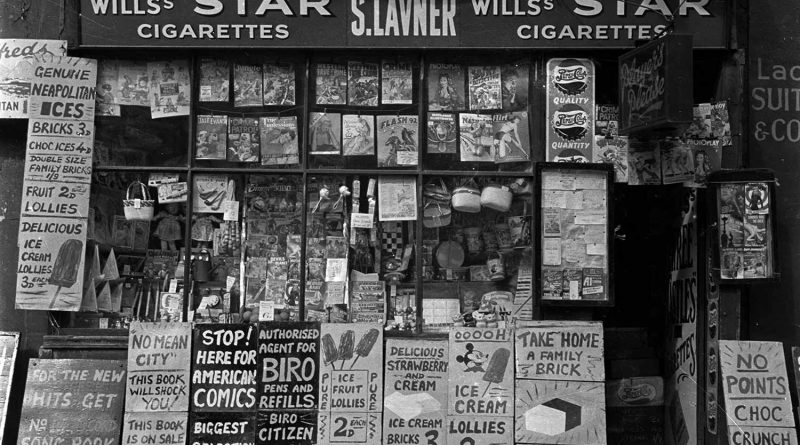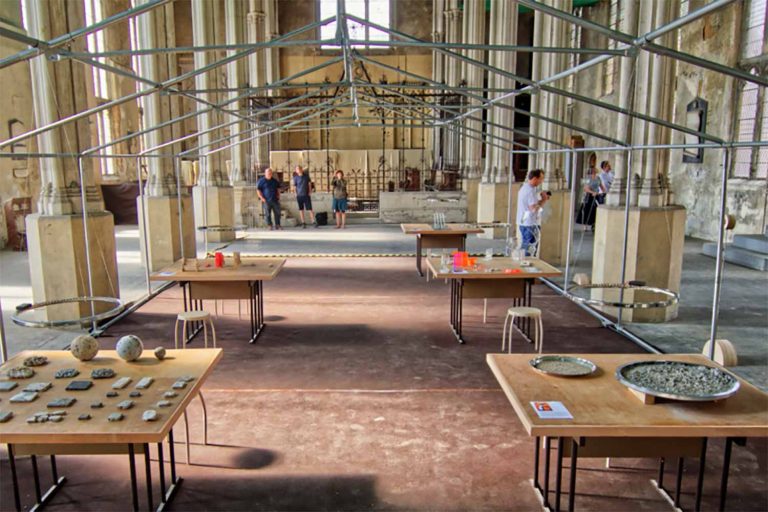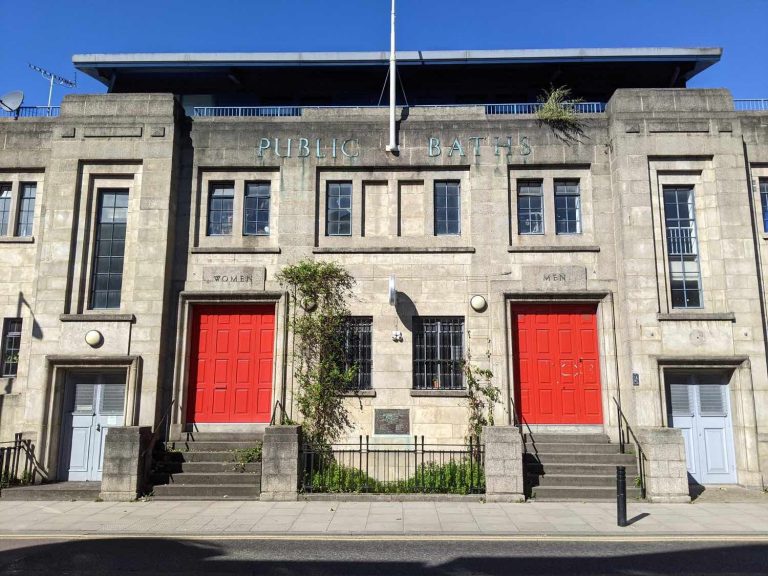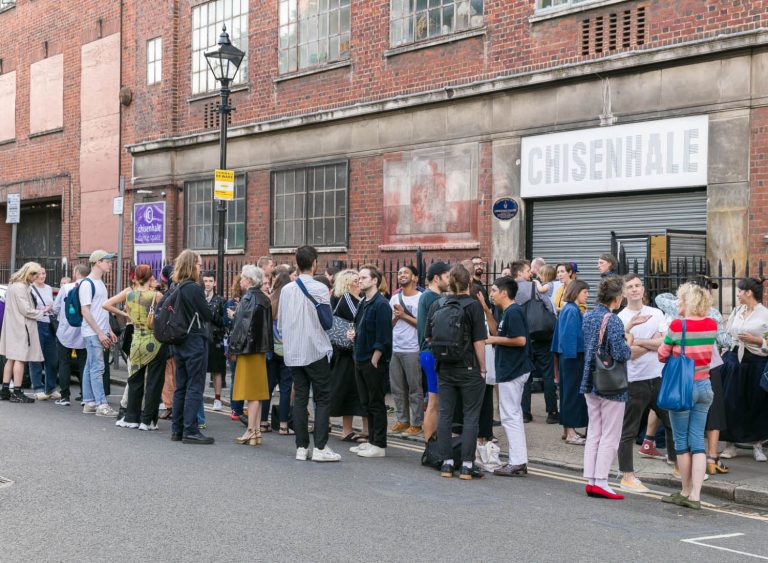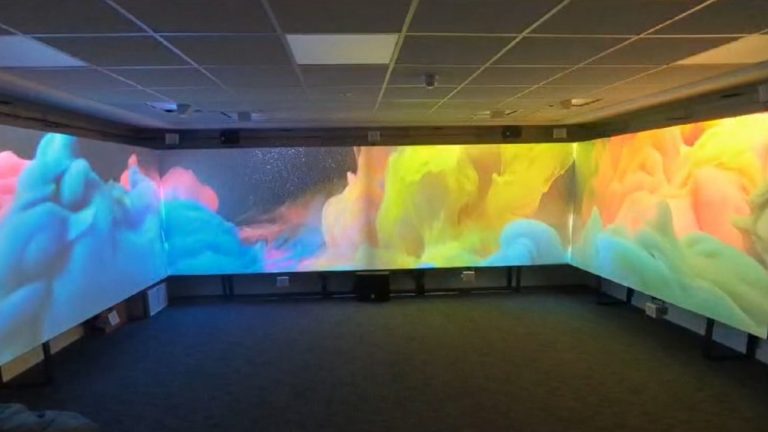Streets presents Nigel Henderson’s thoughtful photographs of the East End
Nigel Henderson’s photographs are collated in Streets by Tate and depict the everyday life of East Enders in the early 1950s streets of Bow.
Born in 1917, and starting his artistic career in the late 1930s, Nigel Hendersom’s earliest works were paintings, drawings and collages. When he moved to Bow, he moved on to photography and produced photographs that are a valuable resource for anyone interested in East End history.
His depictions of ordinary, working-class East Enders display a tender consideration of subjects and a reflexive consciousness of photography’s ability to manipulate temporality. These East Enders were his neighbours, people he would see every day when he lived on Chisenhale Road in Bow between 1949 and 1952.
The son of the artistically inclined Winifred Ellen Henderson, Nigel Henderson was provided with connections to the most influential Avant-Garde artists of the time such as painters Marcel Duchamp and Max Ernst. In 1938, two of his collages were exhibited at the Guggenheim Jeune alongside Picasso, Ernst and Braque. After this, his artistic career was paused for his efforts in the Second World War.
While Henderson lived in Bow, which was then the old borough of Bethnal Green, he turned to photography to capture the energy and spatiality of the place. Tate’s 2017 book contains a collection of the works Henderson produced during this time. The book, a hardcover coffee table publication, offers a brief history of the artist followed by a collection of photographs from sensitive portraits to meticulous studies of urban texture.
At first glance, these photographs appear to be unsurprising portrayals of early fifties Bow but the more you look at them, the more you are drawn into Henderson’s unique way of seeing the world. The mundanity of everyday life isn’t sensationalised but rather sensitively highlighted. Working-class East Enders are captured unposed in their natural environments: some are happy to meet the gaze of the lens and others not so much. Some are still, and in focus, while others are blurred, caught in movement.
His use of blur draws our attention to the relationship between spatiality and temporality. Within the artificial spatiality of the photograph, bound by the width and length of the shot, he meditates on moments that are kept and those that are lost.
In one photograph, a cyclist is blurred almost entirely by their movement and thus they move out of the memorialising frame of the photograph. In others, we capture the gaze of the subject and they are fixed, often ambivalently, in memory.
Henderson’s work deals with the temporality of gaze and gazing. This is epitomised in the photo of the wig sale on Petticoat Lane, featured below, in which the wig stands battle for focus against the woman who is central in the shot. It’s all eyes: lifeless, vital, still, moving, but all fleeting. With surrealist inflections, this photograph speaks towards an Avant Garde defamiliarisation of the everyday.
The book also contains a selection of photos that depict the texture of windows and walls: boarded up, plastered with posters, scratched, dirty, and graffitied. He draws our attention to the texture of the overlooked and quotidian while speaking to the temporality of remembrance. Henderson re-writes a normative interaction with the streets whereby the surface of the walls is probably forgotten and the memory of the building remains.
Nigel Henderson memorialises the post-war East End and the everyday struggles and jubilations of its inhabitants through a focus on the small and overlooked. Such a focus expands outwards from the material of the everyday to ask important questions about whose stories are remembered and whose are forgotten.
Streets provides implicit directions on how to interact actively with your material reality and remain conscious of the manipulatable temporality of urban stories. The book would make a great gift for anyone you know who has a curiosity for human stories and will appreciate an insight into the experiential multiplicity contained in the East End’s mundane.
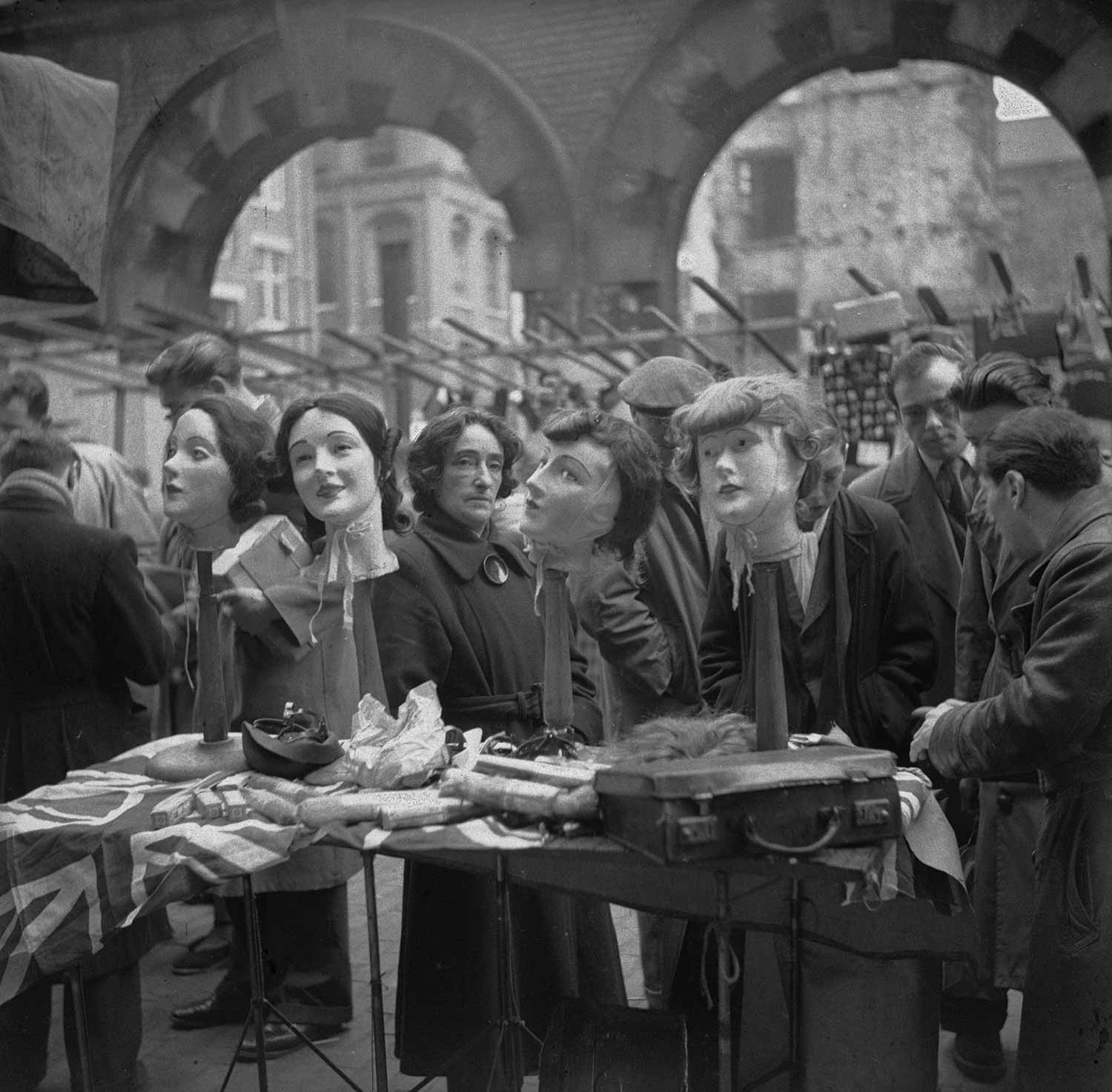
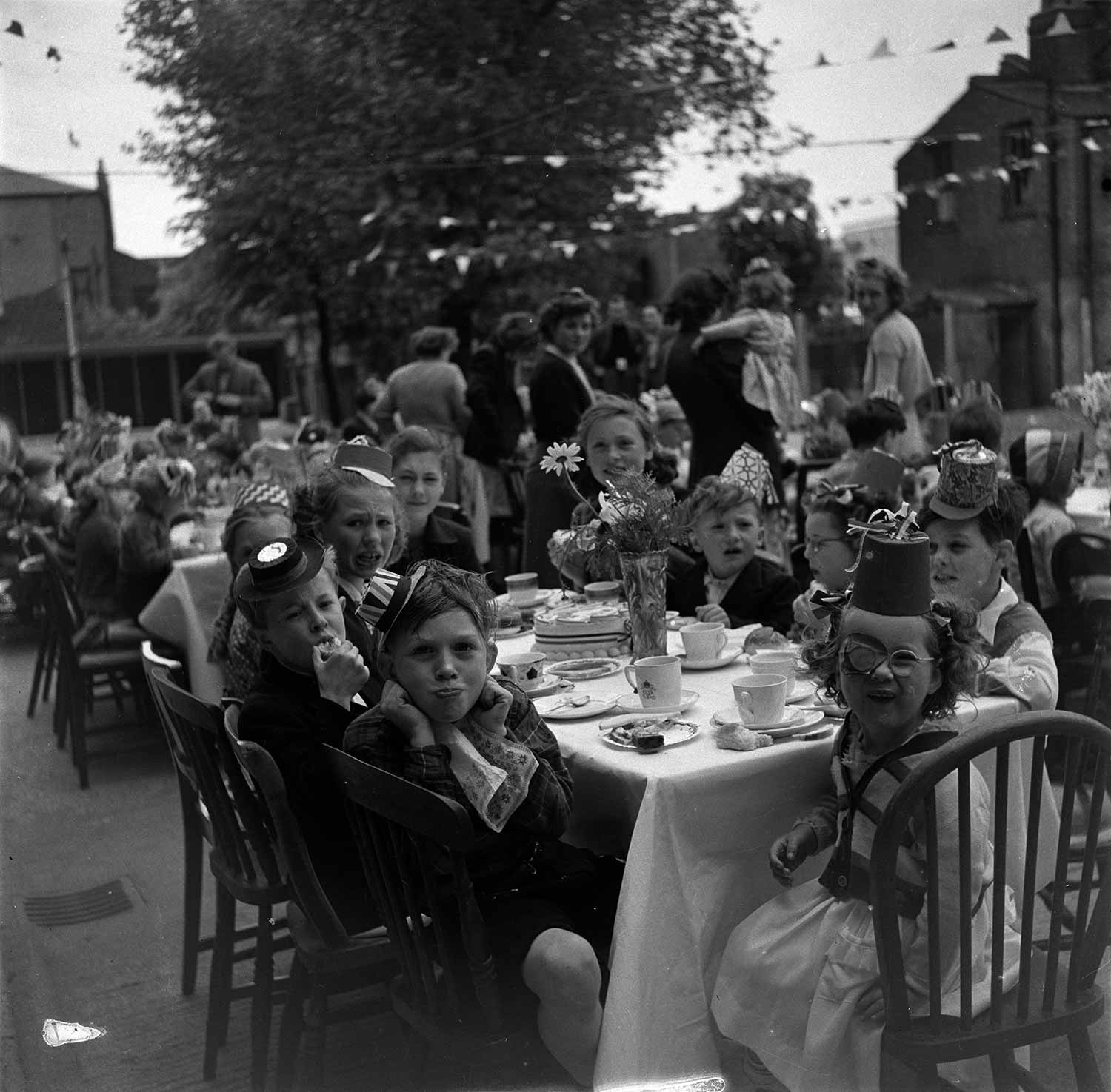
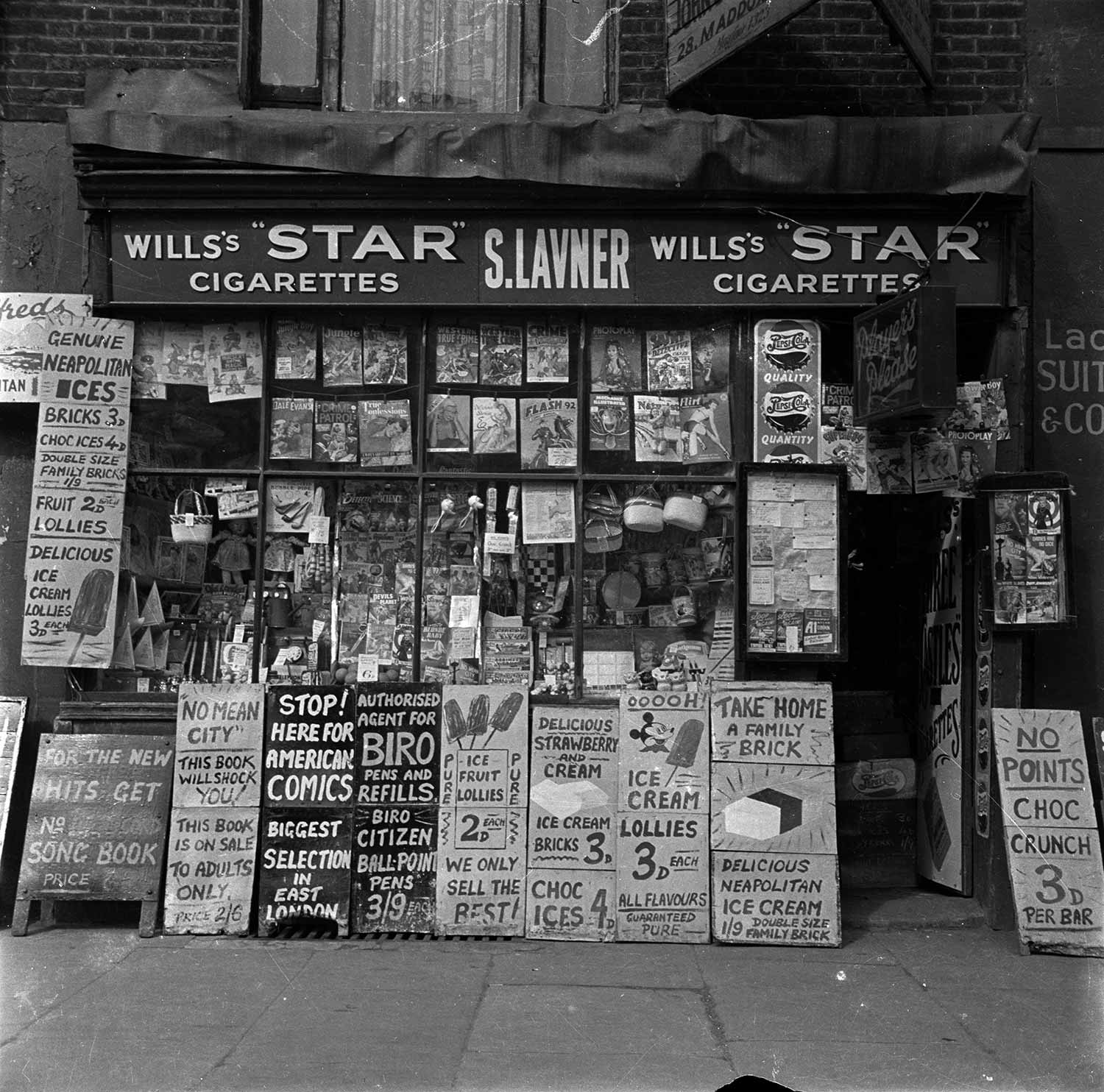
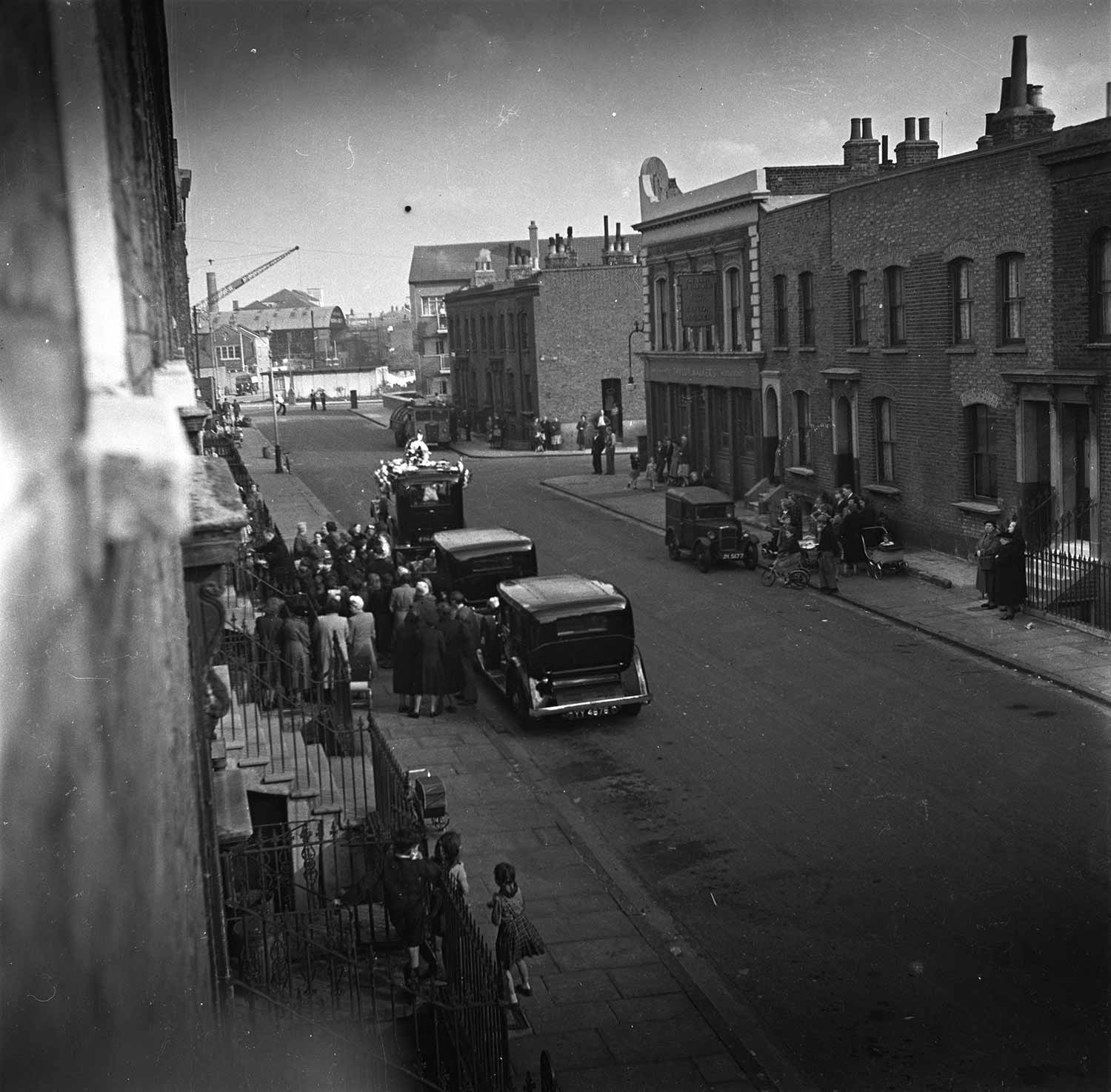
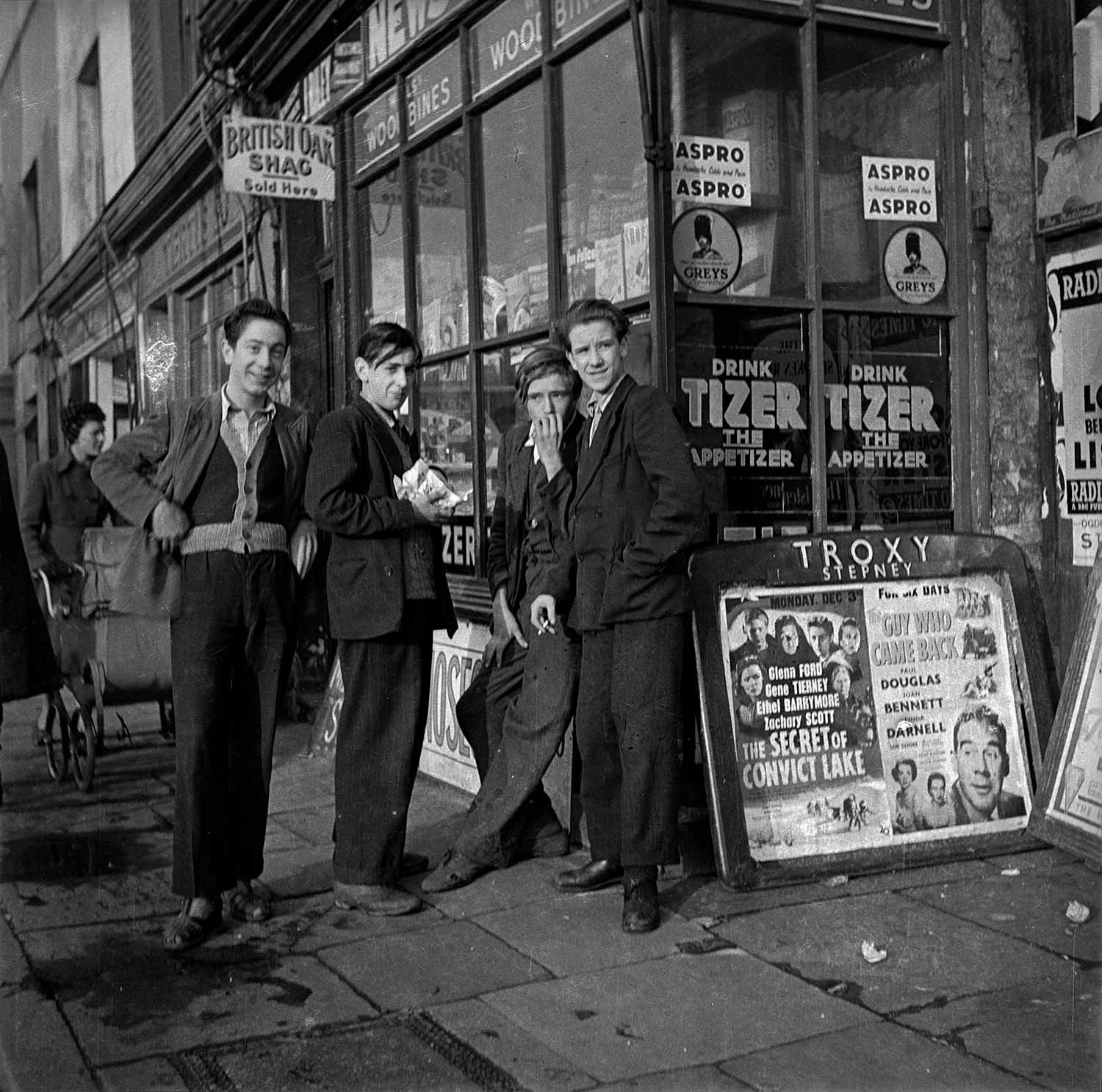
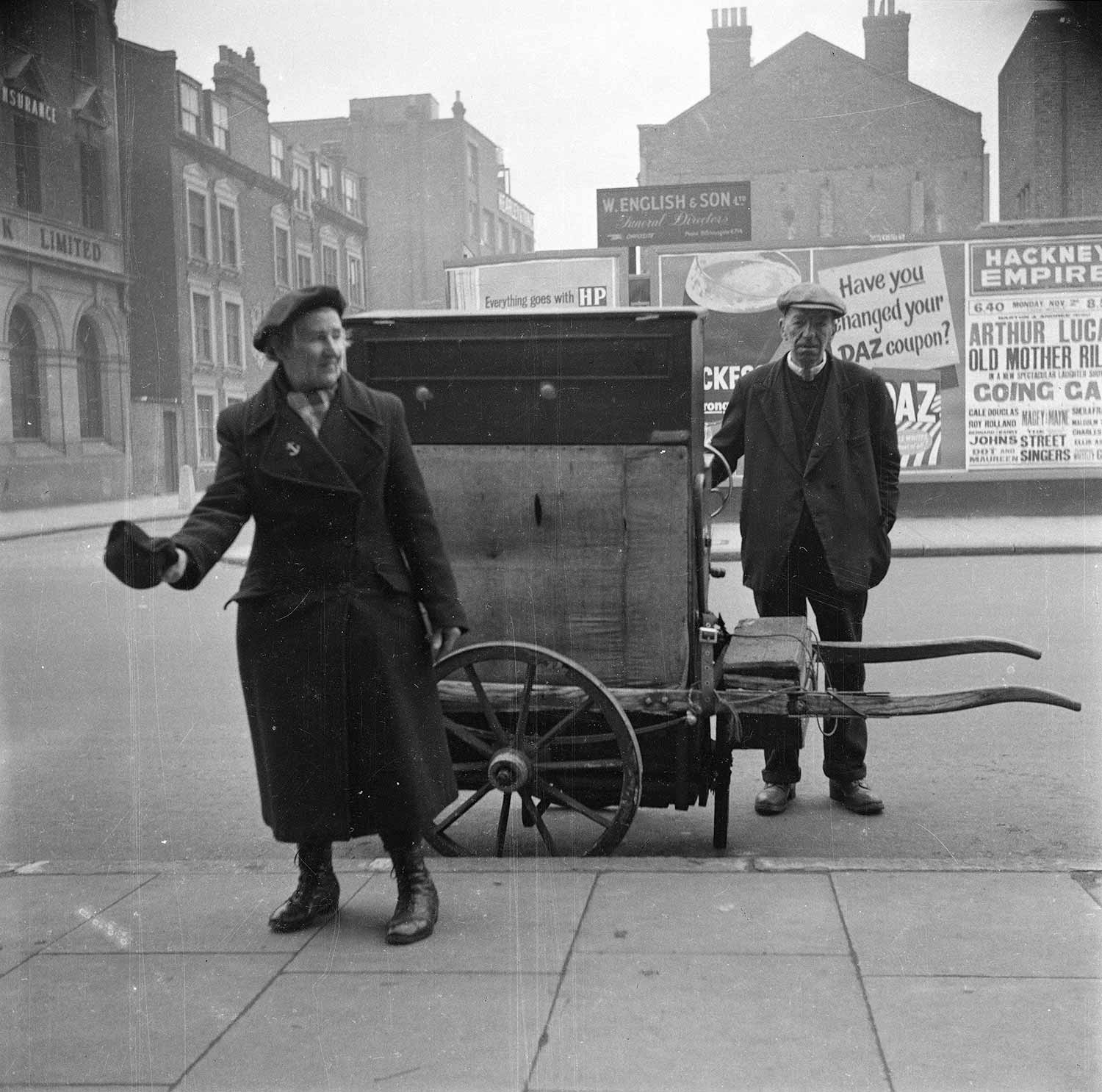
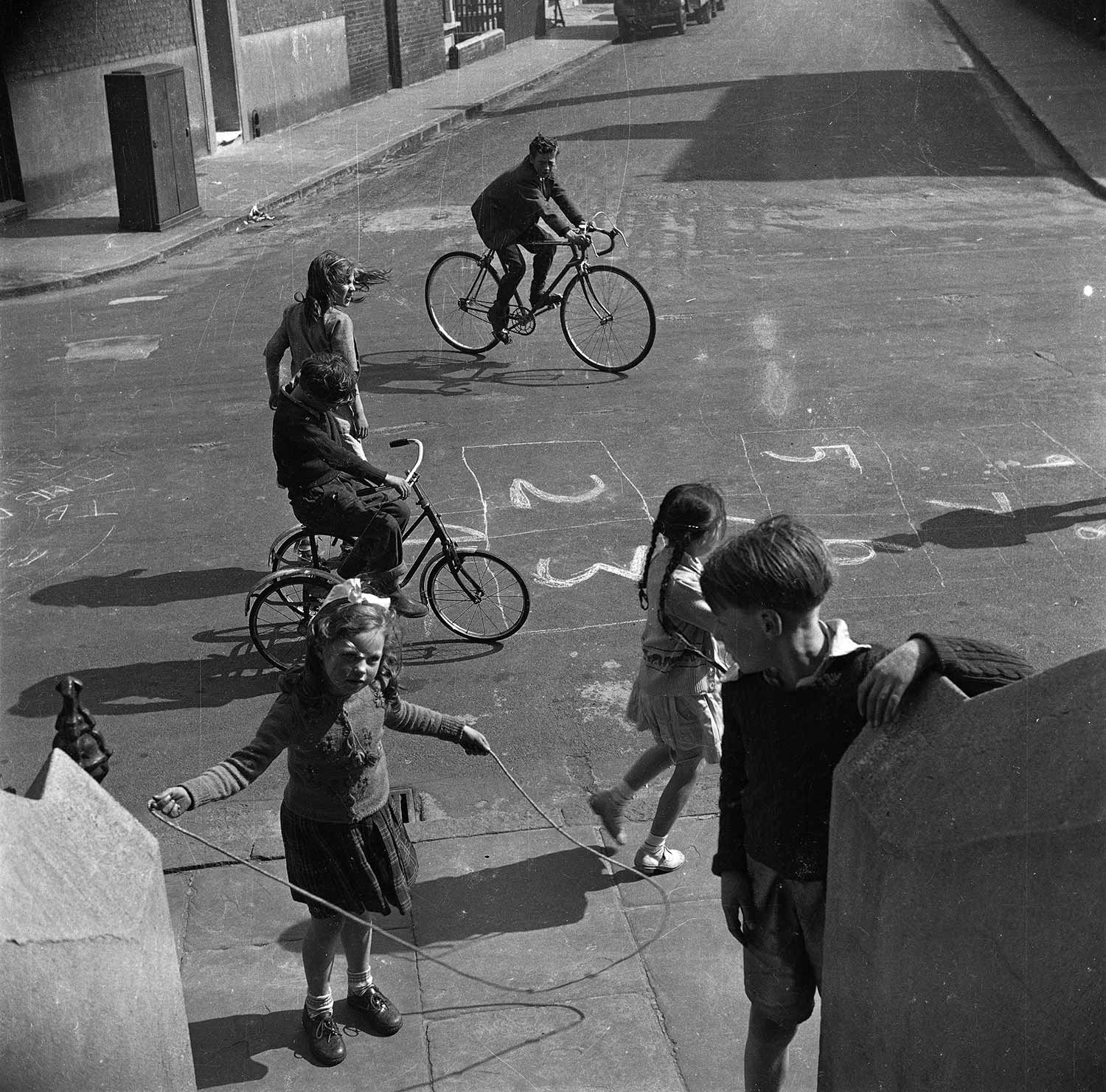
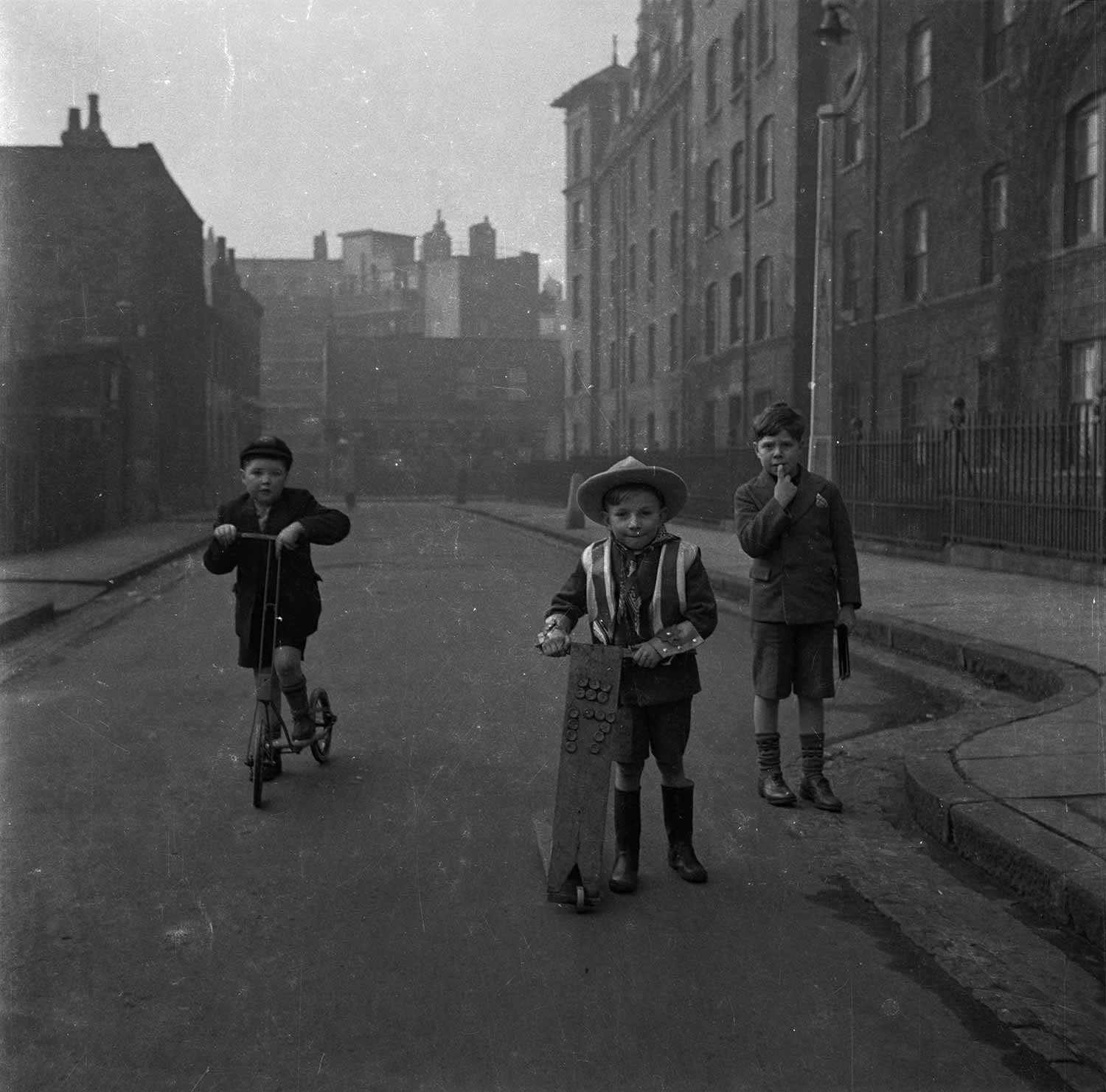
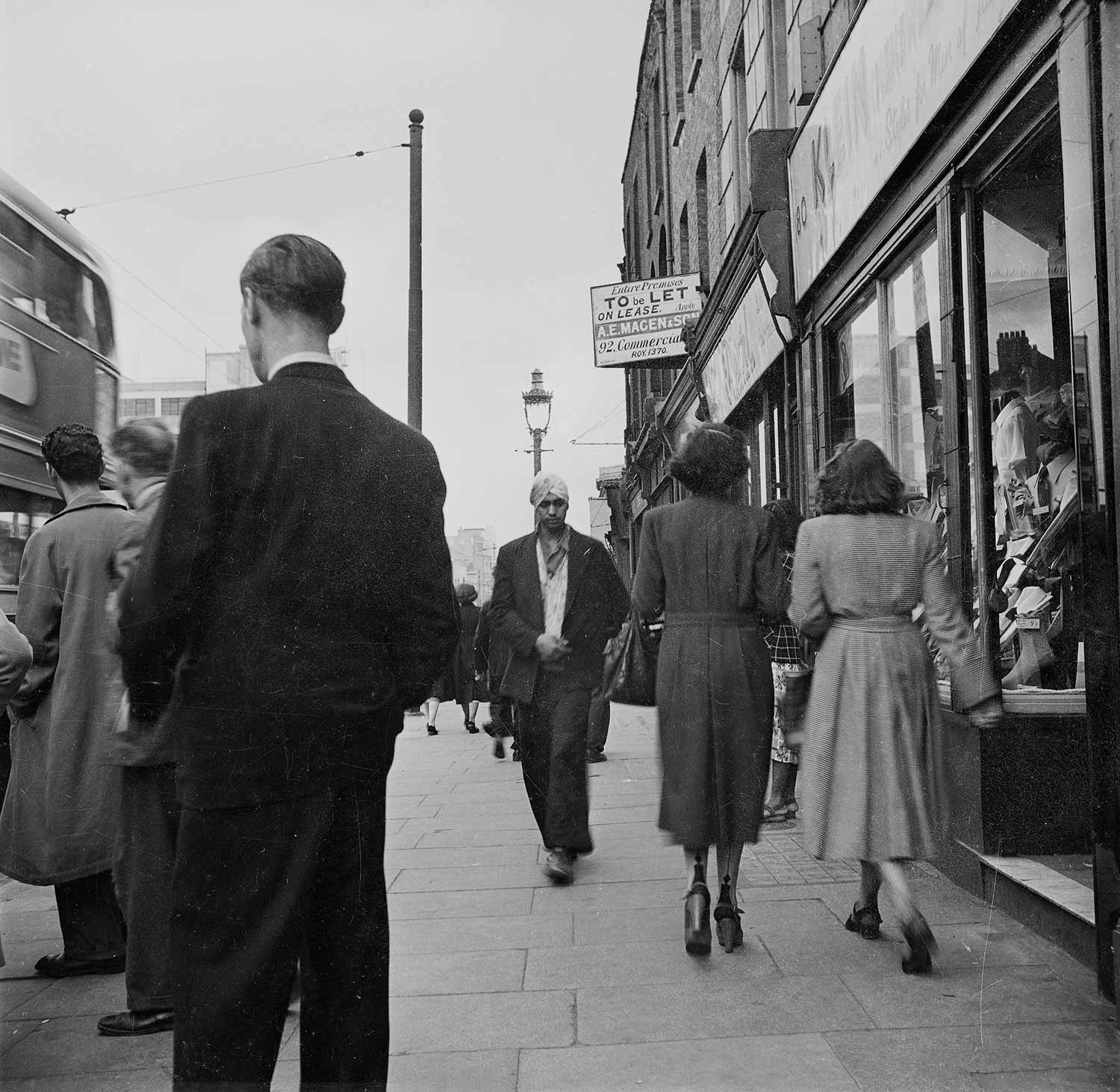
Printed by Tate Publishing, Streets was first published in March 2017. To buy a copy, visit Shop.tate.org.uk
If you like this, you might like David Granick shows us The East End in Colour.

